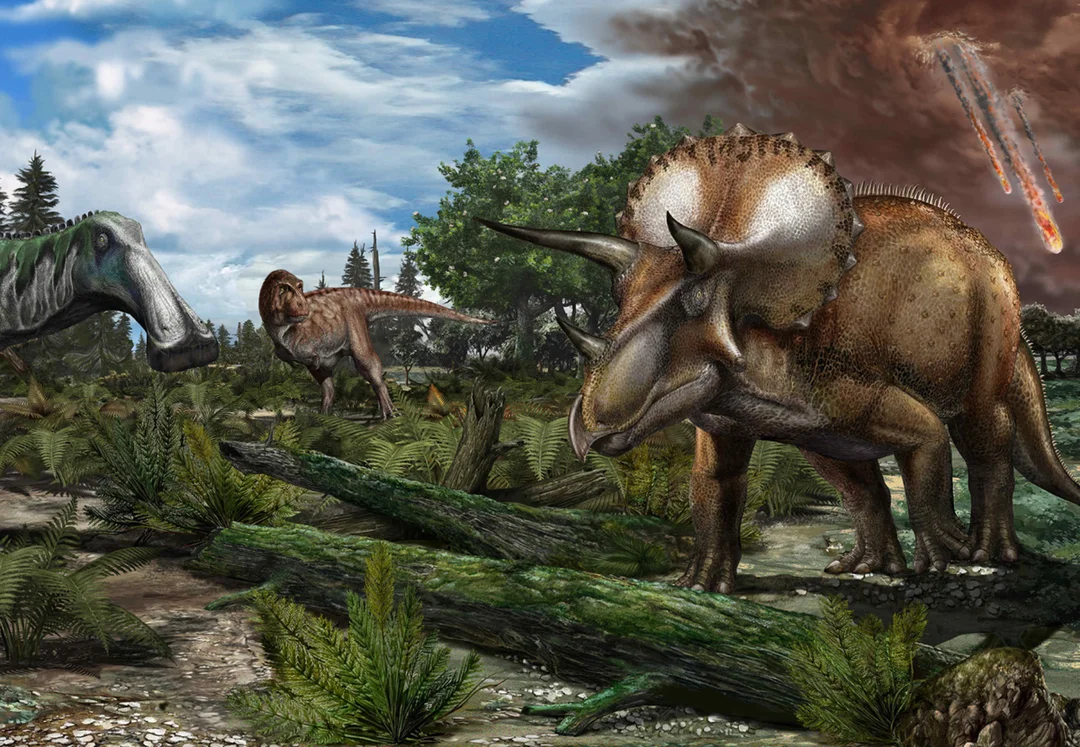
The Great Dinosaur Mystery: Was Extinction Inevitable or Was the Fossil Record Lying?
A paradigm-shifting discovery is rewriting what we thought we knew about the final days of the dinosaurs. For decades, scientists believed dinosaurs were in decline before the cataclysmic asteroid hit 66 million years ago. But new research suggests this narrative may be more about missing fossils than actual dinosaur doom—a finding that could transform our understanding of Earth’s prehistoric titans and their fate.

Led by researchers at University College London (UCL), several studies analyzed over 8,000 fossils from North America covering the last 18 million years of the Cretaceous period. At first glance, the fossil record showed a sharp drop in dinosaur diversity leading up to the asteroid impact. But the teams, using sophisticated occupancy modeling and modern ecological techniques, argue that this decline is a mirage—caused by a dwindling number of exposed rocks, not a dying dinosaur population.

“It’s been a subject of debate for more than 30 years,” said Dr. Chris Dean from UCL. “We analyzed the fossil record and found that the quality of the record for four major dinosaur groups gets worse during the final 6 million years before the impact. The probability of finding dinosaur fossils decreases, while the likelihood of dinosaurs having lived in these areas remains stable. This shows we can’t take the fossil record at face value.”
The research focused on Ankylosauridae (armored giants like Ankylosaurus), Ceratopsidae (horned herbivores such as Triceratops), Hadrosauridae (duck-billed grazers like Edmontosaurus), and Tyrannosauridae (predators including the formidable Tyrannosaurus rex). By mapping North America into grids and layering in geology and ancient climates, they estimated that the habitats for these groups remained remarkably stable—even as the exposed rock samples, and thus fossil finds, dwindled.

One curious exception emerged: Ceratopsians like Triceratops flourished on green plains that became common due to retreating inland seas and shifting river systems. As these habitats became more widespread and preserved, their fossils became more detectable than before.
Some experts outside the UCL team, such as Dr. Manabu Sakamoto of Reading University, still highlight that while populations might have stayed robust, species diversity may have been dropping over the longer term. He likens the search for fossils to “a puzzle where half the pieces are missing”—reminding us that absence of evidence is not evidence of absence.

So, were dinosaurs really on their way out—or was the asteroid the true executioner of their thriving kingdom? The evidence is growing that geological shifts, not evolutionary decline, thinned their rock record. As Dr. Alessandro Chiarenza puts it: “Dinosaurs were probably not inevitably doomed to extinction. If it weren’t for that asteroid, they might still share this planet with mammals, lizards, and their surviving descendants: birds.”
What does it mean for paleontology? It’s a humbling reminder that our window into the past is shaped as much by chance and geology as by biology. What other secrets might the rocks still be hiding? Let us know your thoughts—comment below and join the conversation on one of paleontology’s greatest mysteries!